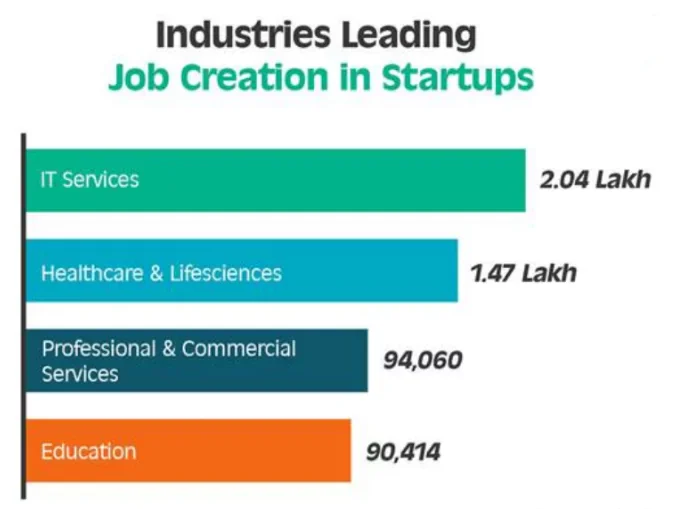
On January 16, 2025, India marks nine years of Startup India Program, a transformative journey that began in 2016. January 16 is designated as National Startup Day.
Terms Related to Startup Valuations
|
|---|
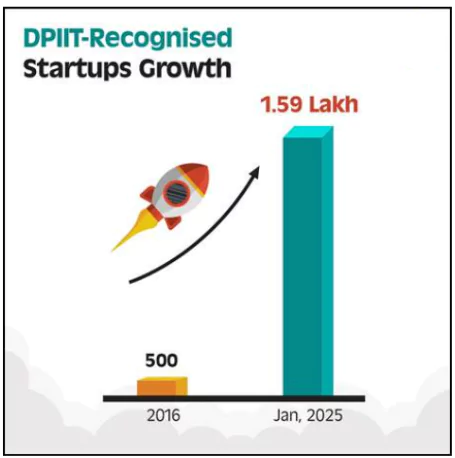
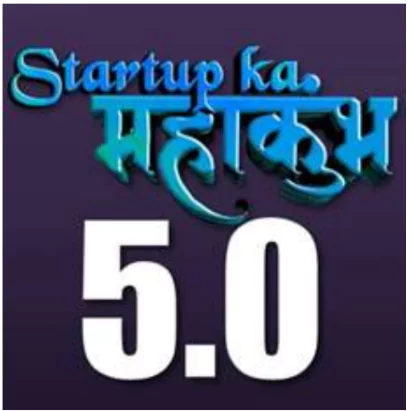
About Startup Mahakumbh
|
India is poised to emerge as a global leader in the startup ecosystem, driven by favorable policies, a culture of innovation, and cross-sector collaboration. As the nation envisions Viksit Bharat by 2047, startups will be instrumental in fostering economic growth, generating employment, and establishing India as an innovation hub.
Recently, the Department of Animal Husbandry and Dairying organized the Entrepreneurship Development Conclave in Pune to empower entrepreneurs and catalyze growth in the livestock sector.
Key Components of NLM 2.0
|
|---|
Global Best Practices
|
|---|
The Entrepreneurship Development Conclave is a step forward in realizing the full potential of India’s livestock sector. By addressing structural challenges, promoting entrepreneurship, and learning from global best practices, India can transform its livestock economy. It would become sustainable, inclusive, and a globally competitive sector.
For the first time in Indian Navy history, a frigate, a destroyer, and a submarine were commissioned on the same day, marking a significant leap toward achieving self-reliance under the “Atma Nirbhar Bharat” initiative.
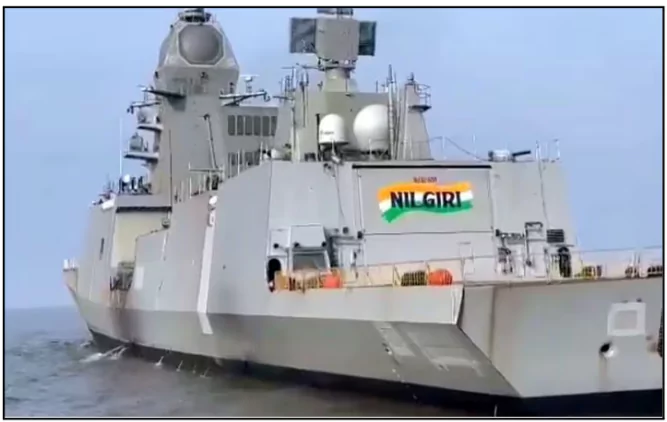
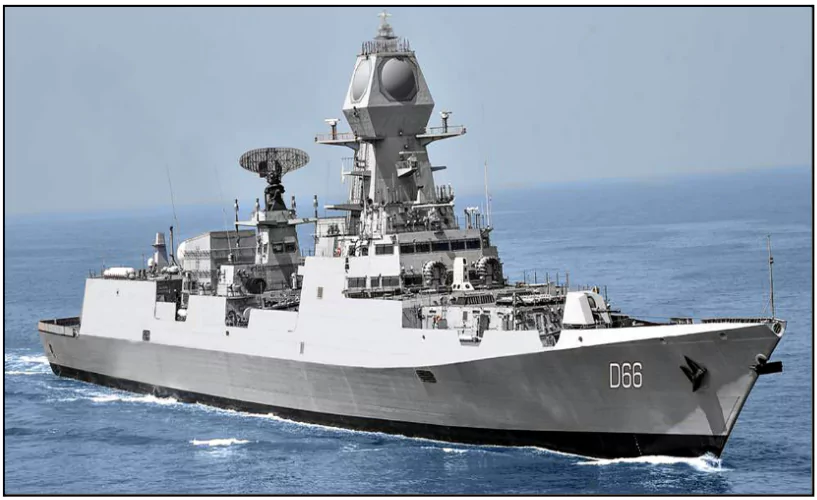
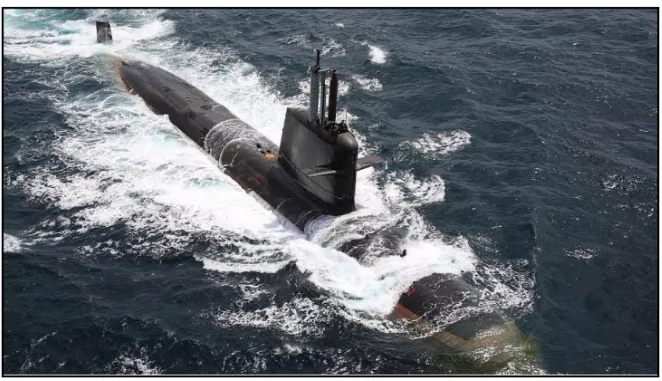
| Aspect | Frigate | Destroyer | Submarine |
| Overview | Medium-sized, versatile warship. | High-speed, heavily armed warship. | Underwater vessel capable of stealth missions. |
| Primary Role | Defensive, anti-submarine warfare (ASW), escort missions. | Offensive, frontline combat, multi-threat engagement. | Stealth operations, intelligence gathering, offensive strikes. |
| Environment | Operates in coastal and blue-water regions. | Primarily blue-water operations. | Operates underwater in littoral and deep-sea areas. |
| Capabilities | Multi-role: ASW, anti-air, escort. | Anti-ship, anti-air, anti-submarine warfare. | Anti-ship, anti-submarine warfare, land-attack missile capability. |
| Size & Power | Smaller, less powerful than destroyers. | Larger and more powerful than frigates. | Compact but powerful, with underwater capabilities. |
| Examples (Indian Navy) | INS Talwar, INS Shivalik | INS Kolkata, INS Delhi | INS Kalvari (Scorpene-class), INS Chakra (Nuclear-powered). |
| Weapons & Systems | Medium-range weapons, torpedoes, surface-to-air missiles (SAM). | Long-range missiles, heavy artillery, advanced radars. | Torpedoes, cruise missiles, stealth technology. |
| Crew Size | Smaller crew (150–200 personnel). | Larger crew (300–400 personnel). | Smaller crew due to compact design (30–100 personnel). |
Recently, during the three-day Jallikattu event in Madurai, a bull tamer lost his life, and 75 participants sustained injuries.
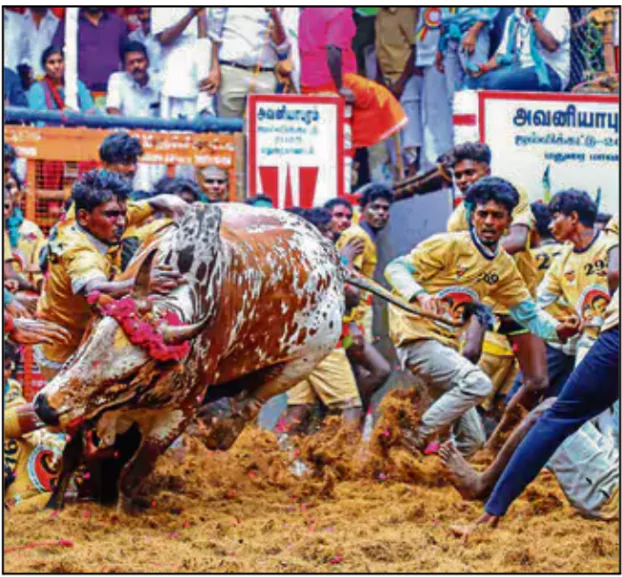

Animal Welfare Board of India Vs A. Nagaraja Case (2014)
|
|---|
| Arguments For Jallikattu | Arguments Against Jallikattu |
| Cultural Significance: Integral to Tamil Nadu’s heritage and celebrated during the Pongal harvest festival. | Animal Cruelty: Causes unnecessary pain, suffering, and stress to bulls, violating animal welfare laws. |
| Community Involvement: Fosters community spirit, engages rural participation, and strengthens traditions. | Safety Concerns: Risks to human lives and injuries to both tamers and spectators during the event. |
| Economic Role: Supports the rural economy by sustaining native cattle breeds like Pulikulam. | Violation of Rights: Breaches animal rights to dignity and freedom from cruelty, as per Article 21. |
| Breed Preservation: Protects indigenous breeds, ensuring their survival and agricultural utility. | Global Criticism: Faces opposition from animal welfare groups citing inhumane practices. |
| Legal Backing: Tamil Nadu amended laws to ensure compliance with constitutional provisions. | Ethical Concerns: Questions the justification of animal exploitation for entertainment and sport. |
| Sport/Festival | State | Description | Occasion/Festival |
| Kambala | Karnataka | Traditional buffalo race held in water-filled paddy fields. | Harvest festivals |
| Bullock Cart Racing | Maharashtra, Punjab | Bullock carts race against each other in rural fairs and festivals. | Rural fairs and festivals |
| Cockfighting | Andhra Pradesh, Tamil Nadu | Traditional rooster fights held during festive celebrations. | Sankranti |
| Camel Racing | Rajasthan | Camel races showcasing speed and endurance, often during cultural fairs. | Pushkar Fair and other cultural events |
| Dhirio | Goa | Traditional bullfighting sport conducted in rural areas. | Local rural culture |
Recently members of the Twipra Students’ Federation (TSF) were detained for protesting at the Tripura Assembly entrance with demand for the inclusion of the Roman script for Kokborok in textbooks, official use and for upcoming CBSE Board Examinations.
Twipra Students’ Federation (TSF)
|
|---|
Visitors to Nagarahole Tiger Reserve in Karnataka are likely to spot Spotted deer, whose population has steadily increased to 28 per sq. km.
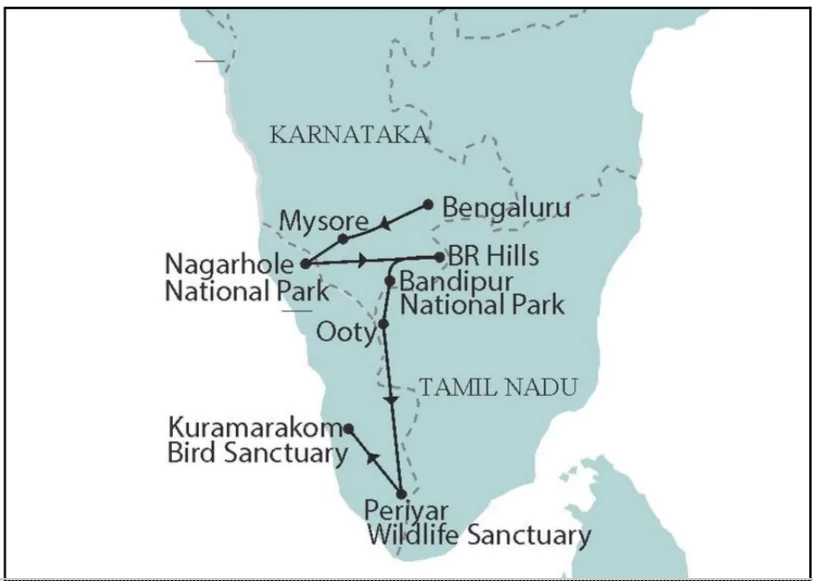
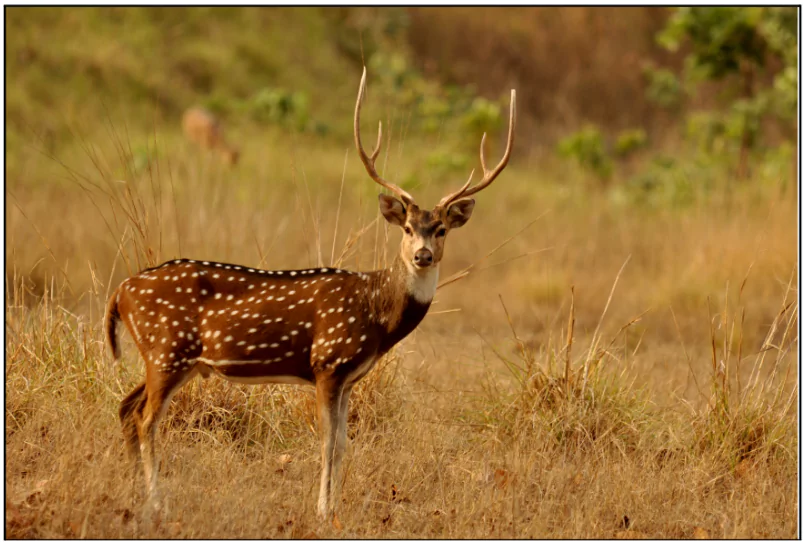
Banks in India added more deposits than loans last year, leading to a softening of the credit-deposit ratio.
| Pros | Cons |
| Improved Liquidity in Banking System: More deposits provide banks with greater liquidity to fund loans in the future. | Slower Credit Growth: Lower CD ratio may indicate reduced credit flow to businesses, slowing economic activity. |
| Stable Financial System: Reduced reliance on lending lowers the risk of non-performing assets (NPAs). | Reduced Profitability for Banks: Banks may earn less due to lower interest income from loans. |
| Support for Fiscal Stability: Increased deposits provide a buffer against external economic shocks. | Economic Slowdown: Lower credit uptake can lead to subdued investments and reduced consumption. |
| Reduced Inflationary Pressure: Lower credit growth can help control inflation by moderating money supply in the economy. | Credit Crunch in Key Sectors: Critical industries may struggle to access necessary financing for growth. |
| Enhanced Savings Culture: Rising deposits reflect increased public savings, contributing to long-term financial health. | Limited Private Sector Expansion: Fewer loans restrict private-sector capital expansion and job creation. |
The Lancet urges a shift from Body Mass Index (BMI) to better obesity metrics, emphasizing the need for accurate assessments to address rising obesity rates.
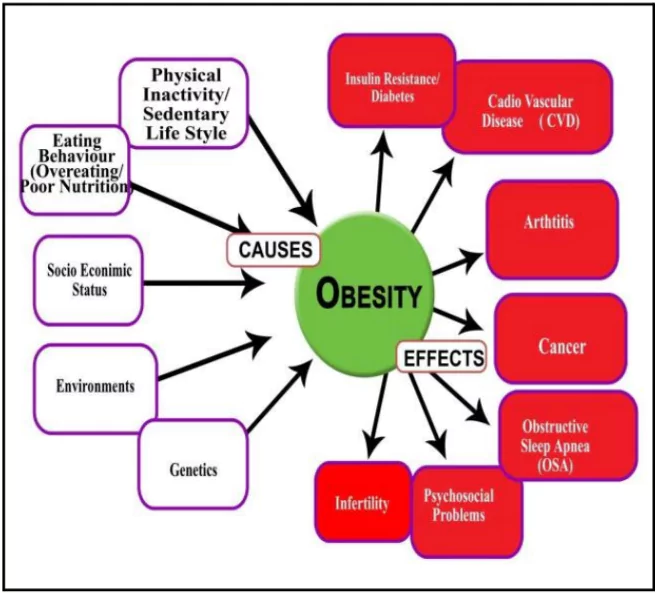
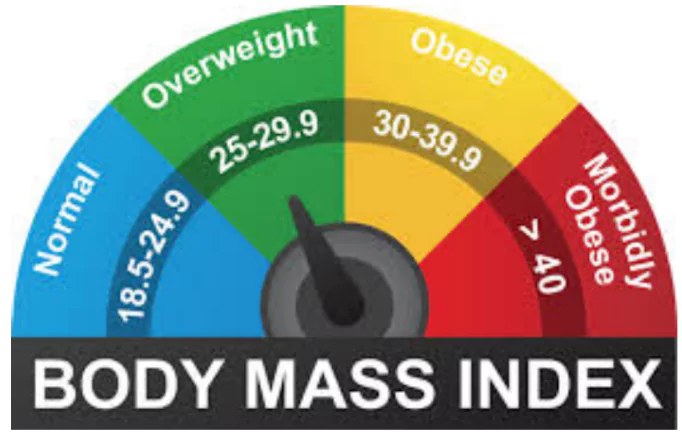 Too Little Body Fat: May lead to malnutrition, weak immunity, anemia, osteoporosis, and infertility.
Too Little Body Fat: May lead to malnutrition, weak immunity, anemia, osteoporosis, and infertility.Israel and Hamas have agreed on a Gaza ceasefire and hostage release deal after 15 months of war.
 Withdrawal: Israeli forces will gradually withdraw from Central Gaza and be positioned on their borders
Withdrawal: Israeli forces will gradually withdraw from Central Gaza and be positioned on their borders
About Gaza Strip
|
|---|
Context: The United States administration has recently removed restrictions on three major Indian nuclear entities to facilitate deeper cooperation in civil nuclear energy.
Context: India has successfully tested its first indigenous micro-missile system, Bhargavastra, designed to counter the threat of swarm drones.
Context: The 3rd edition of the Kashi Tamil Sangamam will begin on February 15 and conclude on 24 February.
Context: The Supreme Court has in a recent order declared that easy access to clean public toilets for all is a basic right and an essential part of human dignity.
<div class="new-fform">
</div>